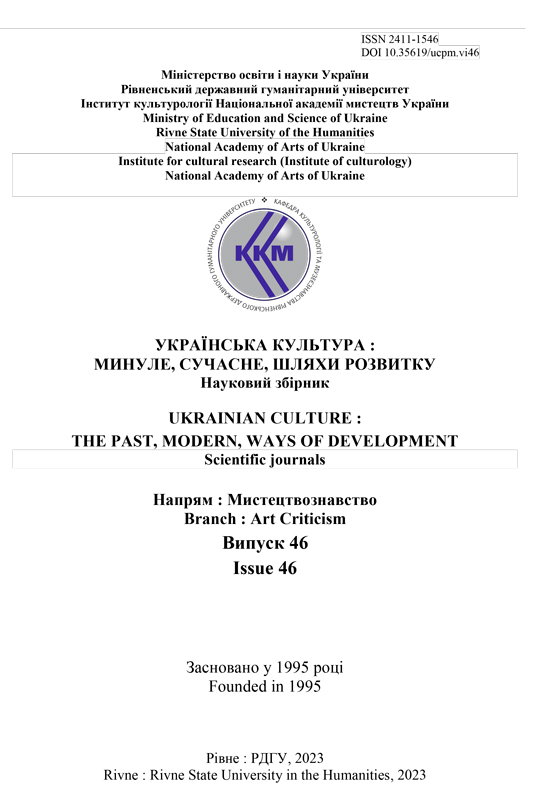THE DEVELOPMENT OF BALLROOM CHOREOGRAPHY IN THE COUNTRIES OF SOUTH AMERICA, THE END OF THE 17 TH – THE BEGINNING OF THE 21 ST CENTURY
DOI:
https://doi.org/10.35619/ucpmk.vi40.517Keywords:
ballroom choreography, ballroom dance, competition dance.Abstract
The aim of this article. The purpose of the article is to analyze the historical processes of the development of ballroom choreography in South America, the end of the 17 th – the beginning of the 21 st century. Research methodology. The following methods were used in the work: historical and historical-genetic – to understand the genesis, the specifics of the processes of development of ballroom dance; source study – for the selection and processing of sources related to the art of ballroom dancing; comparative – to compare the historical periods of the evolution of ballroom culture; included observation – to view individual choreographic works and their preliminary comprehension. Novelty. For the first time, an attempt was made to scientifically study topical issues of the development of ballroom choreography in South America, the end of the 17 th – the beginning of the 21 st century. Results. The article reflects the features of the historical processes of development of ballroom choreography in South America at the end of the 17 th – beginning of the 21 st century.
Three dances – samba, rumba and cha-cha-cha formed the basis of the Latin American program, to which were added paso doble of Spanish origin and jive, which arose in the African American environment of the United States. The common features of the Latin American program are the lack of close contact between the performers (here, in most cases, hand contact is preserved, the allowed distance between partners, as well as elements of solo dance improvisation) and a more relaxed appearance (short, open dresses and figure-shaped costumes).
It is proved that today ballroom choreography in Latin America is an important component of cultural life, existing in all its forms as social dances, as stage choreography and as a sports and competitive movement. As of 2020, WDSF members are Argentina, Brazil, Chile, Colombia, Dominican Republic, Guatemala, Ecuador, Peru, Trinidad and Tobago, Uruguay (provisional member since 2014) and Mexico. It is established that the Latin American region is the birthplace of many extra-class dancers. A multicultural environment and rich national traditions contribute to the training of choreographers who brilliantly master both the Latin American program close in plasticity and European dances. Local ballroom choreography schools offer their students dance classes from the standard European program, the American Smooth style and, of course, from Latin American dances – jiva, samba, rumba, cha-cha-cha, salsa, as well as tango and swing. In Latin America, there are branches of Arthur Murray International, Inc. Arthur Murray dance classes are located in Puerto Rico, Mexico, Peru and Brazil.




